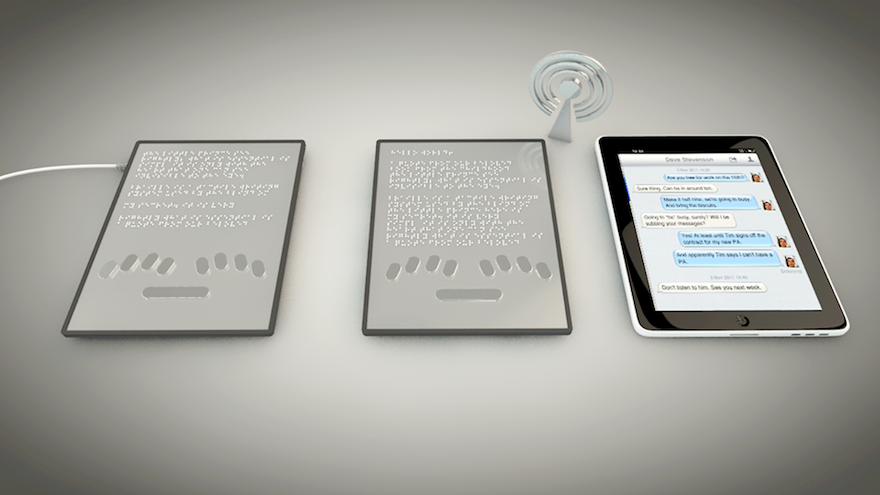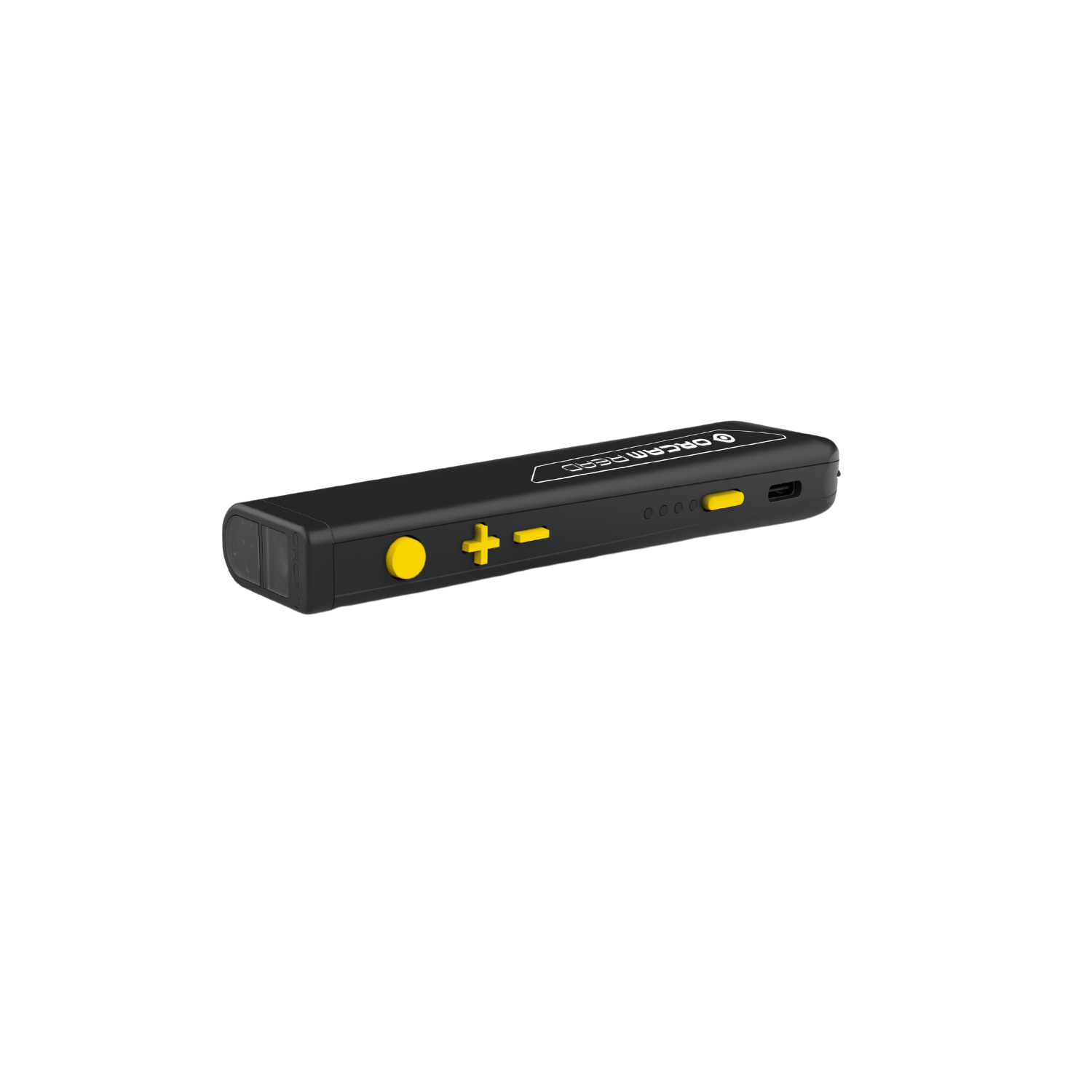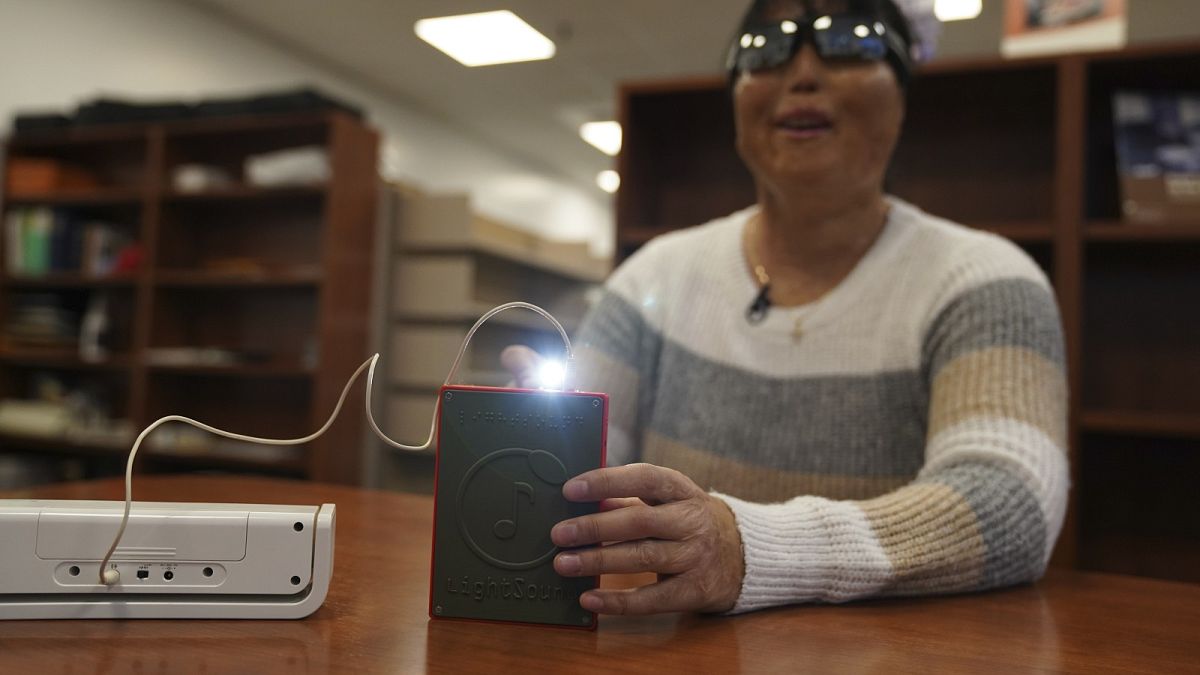Speech-to-Text Devices for Low Vision: Bridging the Communication Gap
Wiki Article
Discover Cutting-edge Devices Developed for the Aesthetically Damaged
The development of ingenious devices for the visually impaired stands for a substantial development in availability and freedom. Technologies such as smart glasses with AI capabilities and mobile applications developed to offer auditory summaries are improving everyday experiences for customers.Smart Glasses for Navigating

Smart glasses developed for navigating are revolutionizing the method aesthetically damaged individuals communicate with their atmosphere. These innovative tools utilize a combination of cam modern technology, expert system, and auditory feedback to supply real-time information about surroundings. By using obstacle detection systems, wise glasses can signal customers to possible dangers, enabling much safer wheelchair in both acquainted and unknown settings.
The combination of GPS innovation even more improves navigation capabilities, allowing users to receive acoustic instructions as they relocate. This hands-free strategy not just promotes self-reliance however likewise empowers visually impaired people to browse metropolitan landscapes with boosted confidence. Furthermore, numerous wise glasses are geared up with functions that determine landmarks and street signs, offering contextual information that enhances the user experience.
Furthermore, the development of these devices is continually progressing, with firms functioning to enhance the accuracy of things acknowledgment and broaden the variety of navigational features. As clever glasses end up being much more affordable and obtainable, they hold the possible to dramatically change day-to-day live for visually impaired customers. Eventually, these innovative devices represent a crucial action towards inclusivity, offering improved wheelchair and a higher feeling of autonomy for individuals browsing the world around them.

Mobile Application for Daily Living
Just how can mobile applications enhance the lives of aesthetically damaged people? Mobile apps are reinventing the way aesthetically damaged customers browse their atmospheres, take care of everyday jobs, and accessibility details. These applications give essential assistance via numerous functionalities, promoting self-reliance and enhancing quality of life.A number of innovative mobile apps are made particularly for day-to-day living. As an example, apps like Be My Eyes attach aesthetically impaired customers with sighted volunteers by means of video telephone calls, enabling them to obtain real-time help with tasks such as reviewing labels or navigating unfamiliar rooms. Seeing AI, created by Microsoft, utilizes artificial intelligence to explain surroundings, checked out message, and determine things, efficiently changing a smart device into an effective tool for everyday aid.
Additionally, navigation applications customized for the aesthetically damaged, such as Aira and BlindSquare, use audio-based directions and environmental details, allowing individuals to traverse their environments securely and with confidence. Beyond navigation and prompt aid, mobile applications likewise support company and job monitoring, with attributes that assist individuals set reminders, create to-do checklists, and track appointments. In summary, mobile applications function as indispensable resources, empowering visually impaired individuals to lead more independent and fulfilling lives.
Wearable Technologies for Support
Empowerment through modern technology is progressively apparent in the realm of wearable tools developed to assist visually impaired people. These innovative devices incorporate flawlessly into every day life, enhancing navigation and providing important comments to individuals. For example, wise glasses geared up with video cameras can review and identify faces message aloud, allowing customers to engage more confidently in social and specialist settings.One more noteworthy advancement is using haptic comments systems in wearable devices. These systems make use of vibrations or various other tactile signals to share info about the customer's environment, such as barriers or modifications in terrain, boosting wheelchair and safety. Wearable modern technologies also consist of wristbands that connect to smart devices, informing users to notices through refined vibrations, hence boosting connectivity without dependence on visual cues.
As these innovations continue to progress, they are not only boosting self-reliance for visually impaired people but likewise fostering a better sense of addition in culture. By bridging the space between challenges encountered in everyday living and the possibility for freedom, wearable innovations function as critical devices in the pursuit for equality and empowerment for those with aesthetic impairments.
Sound Description Tools
Sound summary tools play a crucial function in improving accessibility for visually impaired individuals, supplying them with the capacity to engage with visual media. Screen readers for the blind. These devices supply narrated descriptions of essential aesthetic elements in movies, television programs, and live performances, making sure that users can fully understand the context and emotions communicated via visualsSound summary can be incorporated right into different systems, including streaming services, cinema screenings, and live theater. Many popular streaming solutions currently consist of audio description as an availability function, enabling customers to choose it easily. In addition to mainstream media, specialized applications additionally exist, supplying audio summaries for art exhibitions, museums, and various Voice-activated assistive devices other social events.
The effectiveness of audio description pivots on the ability of the narrators, that have to communicate visual information succinctly without diminishing the original audio. Innovations in this area are likewise leading the way for even more individualized experiences, where users can readjust the degree of detail and pacing according to their choices.
Braille Innovations and Tools
Braille technologies and gadgets have actually considerably transformed the means aesthetically impaired people communicate with text and info. Modern developments have actually led to the growth of flexible tools that improve proficiency and self-reliance amongst individuals.
Furthermore, portable Braille notetakers combine standard Braille input with contemporary capabilities, assisting in note-taking, scheduling, and record modifying on the go. Speech-to-text devices for low vision. These small tools typically include text-to-speech abilities, linking the gap between Braille and acoustic information
Furthermore, cutting-edge Braille printers have arised, permitting users to generate Braille tags, files, and academic products efficiently. This availability cultivates greater involvement in educational and expert environments, eventually advertising inclusivity.
In addition, research into wise Braille modern technologies proceeds to expand. Gadgets that integrate expert system are being explored to offer real-time navigation help and contextual details, boosting the customer experience in varied setups. Overall, these developments show a commitment to equipping aesthetically damaged people via modern technology, ensuring they can quickly gain access to and engage with the world around them.

Final Thought
The innovation of cutting-edge devices for the visually damaged significantly boosts self-reliance and lifestyle. Smart glasses, mobile applications, wearable innovations, audio summary tools, and Braille developments jointly empower individuals by supplying essential navigation help, ecological awareness, and enhanced analysis experiences. These modern technologies not only foster higher addition yet also promote autonomy in everyday tasks, inevitably contributing to a much more equitable and accessible society for aesthetically damaged people. Proceeded development in this field holds pledge for additional improvements.As smart glasses end up being more economical and obtainable, they hold the possible to considerably change daily life for visually damaged individuals. Mobile apps are reinventing the method visually damaged customers navigate their environments, take care of day-to-day tasks, and access details. Applications like Be My Eyes link aesthetically impaired users with sighted volunteers using video clip calls, permitting them to get real-time support with jobs such as checking out labels or browsing unknown rooms.Furthermore, navigation applications tailored for the aesthetically impaired, such as Aira and BlindSquare, offer audio-based instructions and environmental details, enabling customers to traverse their surroundings securely and confidently.The advancement of cutting-edge tools for the aesthetically impaired dramatically enhances freedom and quality of life.
Report this wiki page